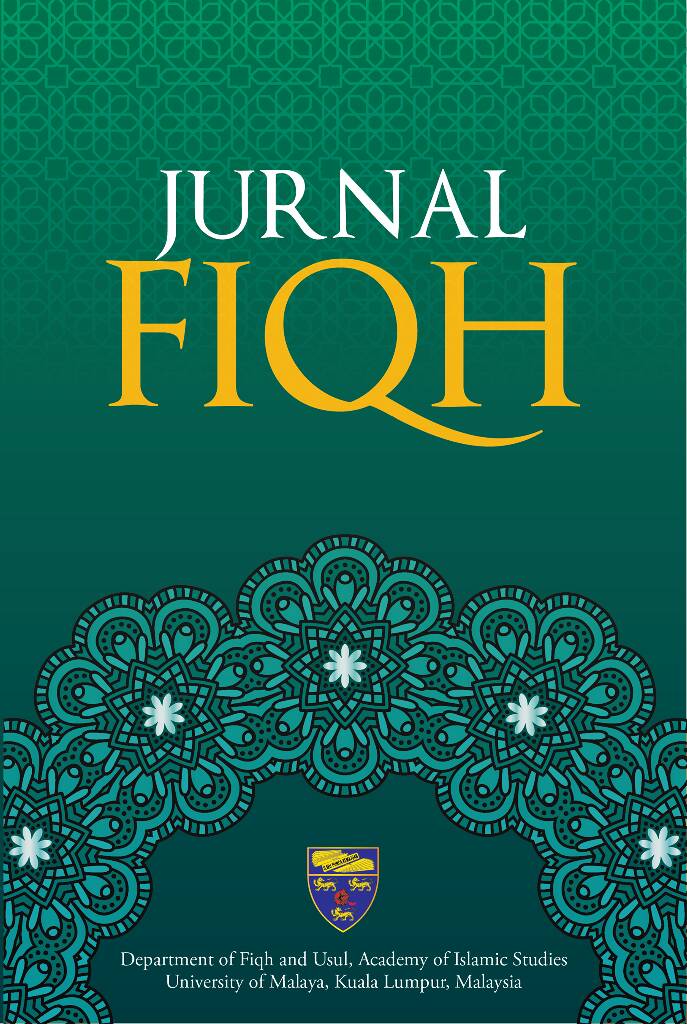العادة الدوطة في شبه القارة الهندية: دراسة فقهية تحليلية
The Custom of Dowry in Indian Sub-Continent: A Juristic Analytical Study
DOI:
https://doi.org/10.22452/fiqh.vol16no2.5Keywords:
dowry custom, domestic violence, Islamic lawAbstract
Dowry (the property that a wife or a wife’s family has to provide to bridegroom or his family upon marriage) is one of the imported customs found in the Muslim community of the entire Indian sub-continent, and it is one of the main reasons for the advent of domestic violence against women. Moreover, thousands of women are killed in this region each year due to dowry system and gender-based inequality according to the international human rights organizations (According to the NCRB report, the Indian authorities arrested 19,973 persons for dowry deaths in 2015. In Pakistan about 2000 dowry deaths were recorded by The Express Tribune in 2016. In Bangladesh, 85 women were tortured to death and 80 women were physically tortured. 108 cases were filed regarding those issues in 2018 as reported by ASK). The anti-dowry law was added to the Indian criminal act in 1961, Pakistan in 1976 and Bangladesh in 1980. Nevertheless, the dowry custom is still practiced widely in many parts of Indian subcontinent. This study aims at exposing the different opinions of Muslim jurists related to giving or taking dowry upon marriage, followed by the evidence of each opinion from the principal sources of Islamic law on the matter through analyzing them critically. In addition, the researcher discusses the crux of the subject which is dowry with its definition and history in some of the ancient civilizations. Finally, discussing the jurists’ opinions, the researcher will attempt to find out whether or not the custom of dowry has any connection with Islamic basis based on the Qur’an and the Prophetic traditions (Hadith) as well as the Muslim consensus among the Muslim scholars.













